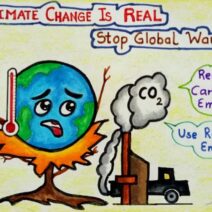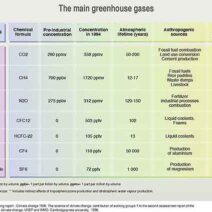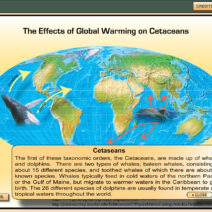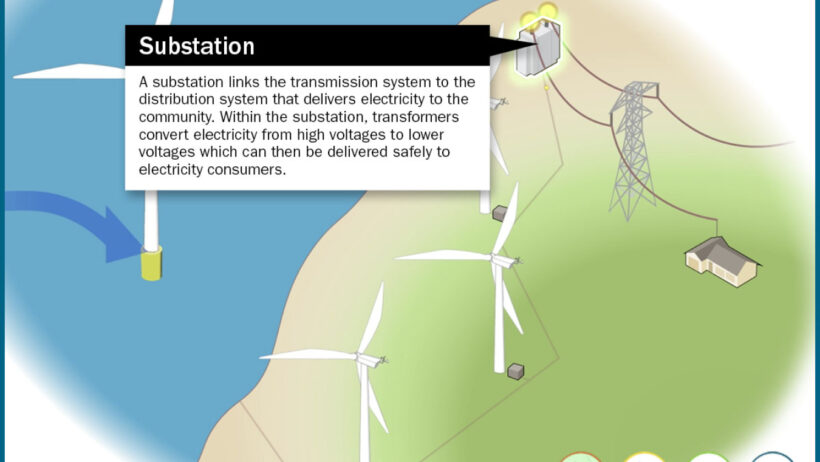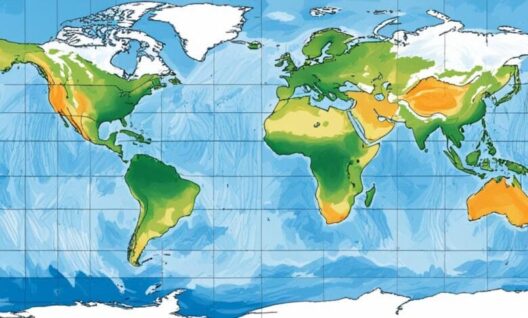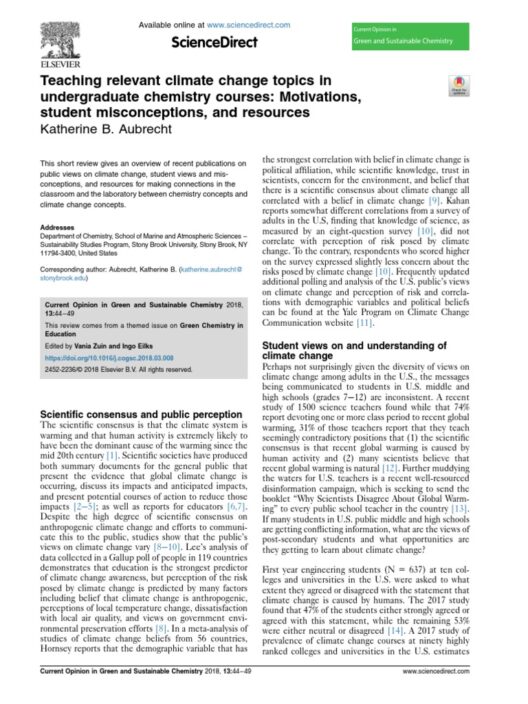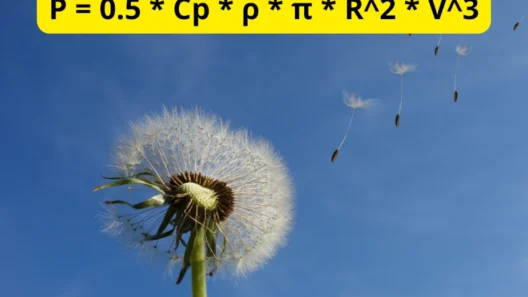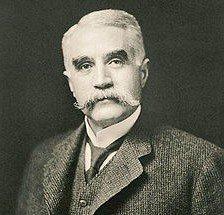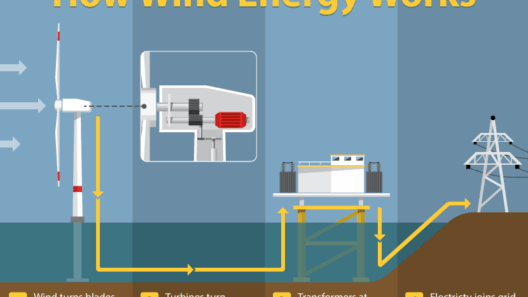Wind energy stands as one of the most promising renewables of our time, harnessing the atmospheric breath of our planet to generate clean electricity. Understanding how wind turbines convert kinetic energy from the wind into usable power can illuminate the intricate dance between nature and technology. This article explores the multifaceted process of wind energy generation, revealing how these towering structures transform invisible gusts into electrical currents.
Imagine the wind as an invisible orchestra, with each gust playing a note in a symphony of energy. At the heart of this performance lies the wind turbine, an elegant instrument finely tuned to capture and convert the nuances of these air currents.
Wind turbines function as mechanical marvels that translate the movement of air into rotational energy, which is ultimately transformed into electrifying power. The process may seem straightforward, but it involves several fascinating stages, each crucial to the successful generation of electricity.
The Intricate Anatomy of a Wind Turbine
To appreciate how wind turbines work, one must first understand their anatomy. The primary components include the blades, rotor, hub, tower, and generator. The blades serve as the turbine’s “hands,” reaching out to grasp the wind, while the rotor and hub act as the connection point between the blades and the internal machinery. Rising high above the landscape, the tower elevates the rotor into the optimum wind zone, capturing faster winds that often swirl in greater intensity at higher altitudes.
The blades are designed with aerodynamic efficiency in mind, akin to the wings of a bird gliding effortlessly through the air. As wind flows over and under the blades, it creates differences in air pressure that result in lift, propelling the blades and rotor to spin. This spinning motion is what initiates the transformation from kinetic energy to mechanical energy.
Turning Motion into Electricity: The Heart of the Process
Once the rotor begins to spin, the kinetic energy is transmitted to the generator via a series of gears. This process can be likened to a skilled sailor adjusting the sails to harness the wind, whereby the mechanical movement is converted into electrical energy. In essence, as the rotor spins, it drives the generator, which consists of a rotor and a stator. The rotor, rotating within the stator, induces a flow of electrical current through electromagnetic induction. This intricate interplay between magnetic fields and motion is the crux of electricity generation in a wind turbine.
This conversion is not without its nuances. The generator must maintain an appropriate speed to create the required electrical frequency. To ensure that the generator operates efficiently, most modern turbines are equipped with sophisticated control systems that continuously assess wind conditions, blade angles, and rotor speeds. These systems can adjust the pitch of the blades or even rotate the entire turbine to face directly into the wind, optimizing performance and energy output. This dynamic responsiveness exemplifies the turbine’s remarkable adaptability to the ever-changing nature of wind patterns.
From the Turbine to the Grid: A Journey of Currents
Once generated, the electricity produced by wind turbines does not immediately find its way to homes and businesses; rather, it embarks on a journey through the intricate web of power distribution. The electricity is typically in alternating current (AC) form, which is suitable for transmission across long distances. However, the AC must be carefully regulated to match the grid’s frequency and voltage, ensuring a seamless integration into the broader electrical supply.
This is where transformers come into play. Located at wind farms, these devices step up the voltage of the electricity generated, making it suitable for transmission over vast distances. High-voltage electricity flows through transmission lines like fluid in a carefully designed network, eventually reaching substations where voltage is lowered for safe use in homes and businesses.
In cities and rural areas alike, wind energy becomes part of the diverse electrical fabric. The arrival of this clean electricity not only reduces dependency on fossil fuels but also mitigates greenhouse gas emissions, contributing to a healthier planet. The transition from turbine-generated power to the powered home is a testament to how wind energy acts as a sustainable and eco-friendly resource.
Conclusion: The Future of Wind Energy
The journey of wind energy from the gentle sway of the breeze to the flickering lights in our homes reveals the profound relationship between nature and technology. As we embrace the vast potential of wind turbines, we find ourselves at the forefront of a renewable energy revolution, one that promises to reshape the way we power our world.
Wind energy generation stands out not only for its capacity to produce clean electricity but also for its collaborative essence, where technology serves alongside natural phenomena. In this age of environmental consciousness, the allure of wind power continues to grow, inviting us to harness the power of the wind—a resource as profound and limitless as the sky itself. By opening our minds to the innovations of wind energy, we may find ourselves not only consumers of power but also stewards of the planet’s future.
